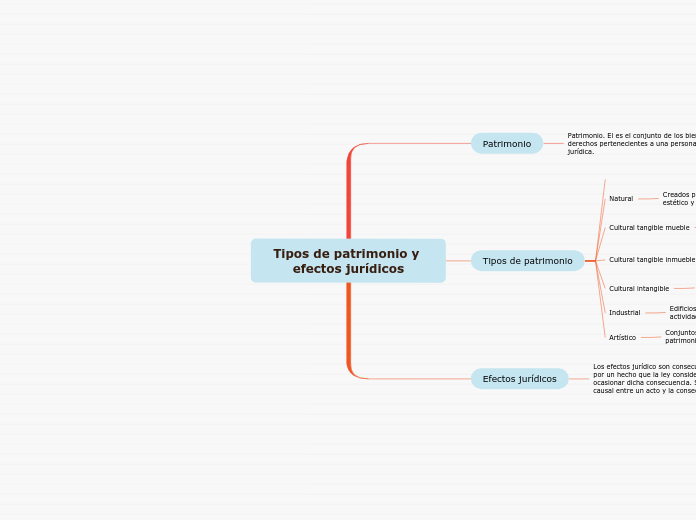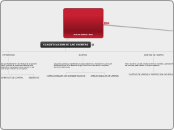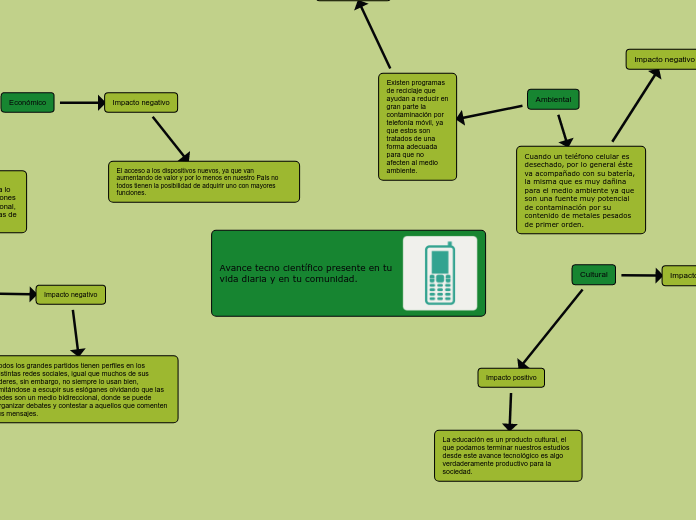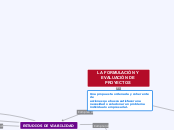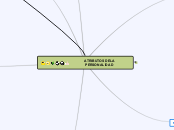Tipos de patrimonio y efectos jurídicos
To name your story, you have to think about the overall message and what you want your audience to understand from the story. Also, make it relevant and easy to remember.
Efectos jurídicos
The ending of a story is essential. We all know that if the ending is weak, what happened before loses its importance. So make it unpredictable, but fair. A resolved ending answers all the questions and ties up any loose threads from the plot.
Los efectos jurídico son consecuencias provocadas por un hecho que la ley considera idóneo para ocasionar dicha consecuencia. Siempre un efecto causal entre un acto y la consecuencia que provoca.
This is the closure section of the story.
See examples of possible outcomes below:
- all problems have been solved
- it's clear how each one of your characters ends up
- your main character is transformed by the challenge
Declarativo
Reafirman o refuerzan una determinada situación jurídica, haciendo que su existencia sea más clara y sólida
Constitutivo
Try answering these questions to come up with a closure:
- Have all the problems been solved?
- Is there a clear picture of what happens with each character in the story?
- Has the challenge transformed your main character?
- How do the characters feel in the end?
Crean, modifican o extinguen.
Tipos de patrimonio
The middle of the story is where you add layers of complications that will lead to the end. Reveal more about the character's journey. Did their personality go through changes? How did they overcome the challenges? And as you build up the story’s central conflict, make it more personal to that character. Also, from the middle act, you have to lead into the final act.
Artístico
Conjuntos históricos-artístico que declaran patrimonio exclusivo de la humanidad.
Industrial
Edificios o maquinarias en los que se desarrollan actividades industriales o técnicas.
Cultural intangible
Es la herencia recibida del pasado y la herencia que el futuro tendrá del presente
Cultural tangible inmueble
Conjuntos arquitectónicos, las colecciones científicas no naturales, las zonas típicas, los monumentos públicos y las obras de ingeniería
Cultural tangible mueble
objetos móviles que guardan algún valor significativo para la sociedad, como los manuscritos, los documentos, elementos históricos, etc.
Natural
Creados por la naturaleza y que adquirieron valor estético y científico a lo largo del tiempo.
Patrimonio
In the beginning of the story (or the exposition), you will need to introduce the setting and characters. You might also want to introduce the main conflict. This part of the story is important because it gives the reader necessary background information and maybe even a first insight into a character’s personality.
Patrimonio. El es el conjunto de los bienes y derechos pertenecientes a una persona, física o jurídica.
The setting (time & place) of a story can change throughout the plot.
Elementos del patrimonio
Your story can take place wherever your imagination will take you to.
For example: in an elevator, in an enchanted forest, etc. Don't forget to give details of the environment each time the setting changes, otherwise, the story can be confusing. Also, mention the seasons as each of them has unique weather and events.
Pasivo: conjunto de obligaciones y cargas también susceptibles de valorización.
Activo: conjunto de bienes y derechos apreciables en dinero
